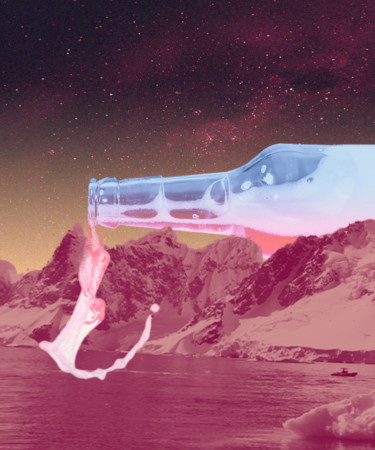In the frigid and often desolate regions of Antarctica’s research stations, homebrewing has become a staple of culture and community. But recent limitations on alcohol consumption put forth by the Australian Antarctic Division (AAD) threaten this long-standing tradition.
Under recently updated policies, homebrewing is no longer permitted due to the “inability to safely manage consumption, hygiene standards, and alcohol content,” according to the AAD. Without access to in-house alcoholic beverages at their stations, expeditioners will soon have to rely on whatever drinks are brought to Antarctica with them.
The policy is expected to come into effect next summer, when expeditioners will also be restricted to half the current limit of alcohol each week. As outlined on AAD’s website, this equates to seven cans of full-strength beer, 1.5 bottles of wine or champagne, and half a bottle of distilled spirits.
While the new limitations are not in response to any particular incident, AAD division director Kim Ellis justified the need for safety while living under some of the most treacherous conditions on Earth.
“Antarctica is a unique environment — it’s incredibly cold and incredibly harsh — and very small mistakes can lead to very big consequences,” Ellis told ABC. “Here in Hobart you might have a drink and go and sit in the front yard and stare at the stars. If you do that in Antarctica — you’re drunk and you go stare at the stars — we will find your body in the morning.”
Understandably, those residing at the Antarctic stations have other thoughts about the recent changes, particularly Ian McLean. During multiple expeditions looking after satellite equipment in the 1990s and 2000s, McLean became known as the “brewmaster.”
“In the early days, it [homebrew] was there because it was easier to brew on station than it was to transport it down,” McLean told ABC. “Seventy-five percent of the people when I was down there were drinkers of some description and just about everyone on the station was getting involved with the homebrewing.”
Former station leader Kyle Williams recalled celebrating Oktoberfest by sampling nine homebrewed beers, and dying barrels of beer green for St. Patrick’s Day. While there wasn’t much downtime with everyone’s busy schedules, there was always the opportunity to “bottle or brew up [their] own beer,” he said.
With the imminent ban on homebrewing, Australia’s Antarctic station is in the process of creating its own cafe inspired by the Italian operation. It should be noted that Italy’s own station still offers beer, wine, and spirits alongside pastries and baked goods. They can probably also expect some thirsty Australians in the near future.
